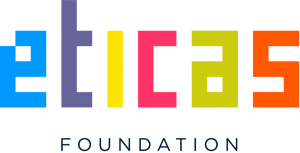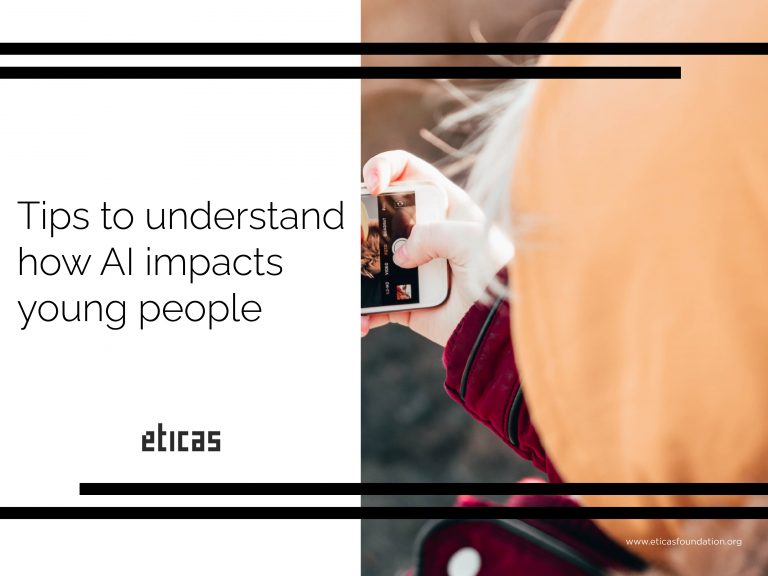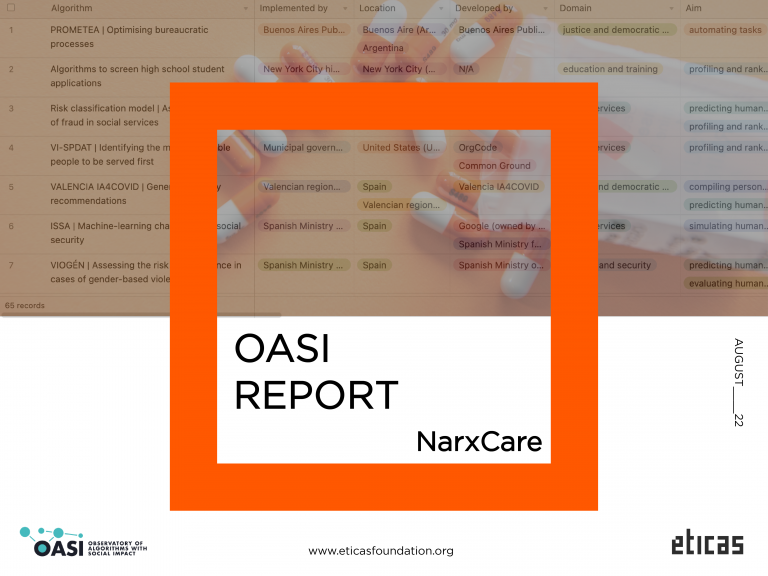
In hopes to strengthen border security, President Trump has called for the United State’s Immigration & Customs Enforcement (ICE) to implement a new Extreme Vetting Initiative (Biddle 2017). The Initiative aims to implement algorithms, machine learning, social media tracking and other technologies to aid in the vetting of visa applicants and to boost deportation investigations. At a Department of Homeland Security (DHS) conference in 2017, firms like IBM, Booz Allen Hamilton, and Red Hat were given instructions regarding the digital infrastructure that Trump wanted for the initiative (ibid). As stated in ICE documents, the initiative asks for software that can “can automate and accelerate the tracking and assessment of foreigners in the U.S., in part through a feature that can ‘determine and evaluate an applicant’s probability of becoming a positively contributing member of society, as well as their ability to contribute to national interests'” (ibid).
Following the events, a coalition of tech firms and civil rights groups produced a letter stating a range of concerns regarding the system, ultimately declaring that “no computational methods can provide reliable or objective assessments of the traits that ICE seeks to measure” (ibid). If the project were to be attempted, in their opinion, it would create a biased and inaccurate automated system that would be justified through the ‘veneer of objectivity’ (ibid). Since being a “contributing member of society” is not an objective characteristic that can be measured, algorithms would have to rely on proxies such as income, political opinion, native language, religious beliefs, et al. in order to create a workable model. The enforcement of these characteristics would threaten civil liberties and discriminate against vulnerable populations and minorities.






